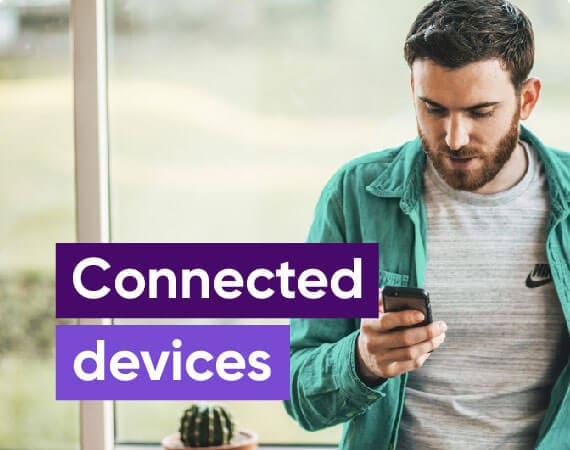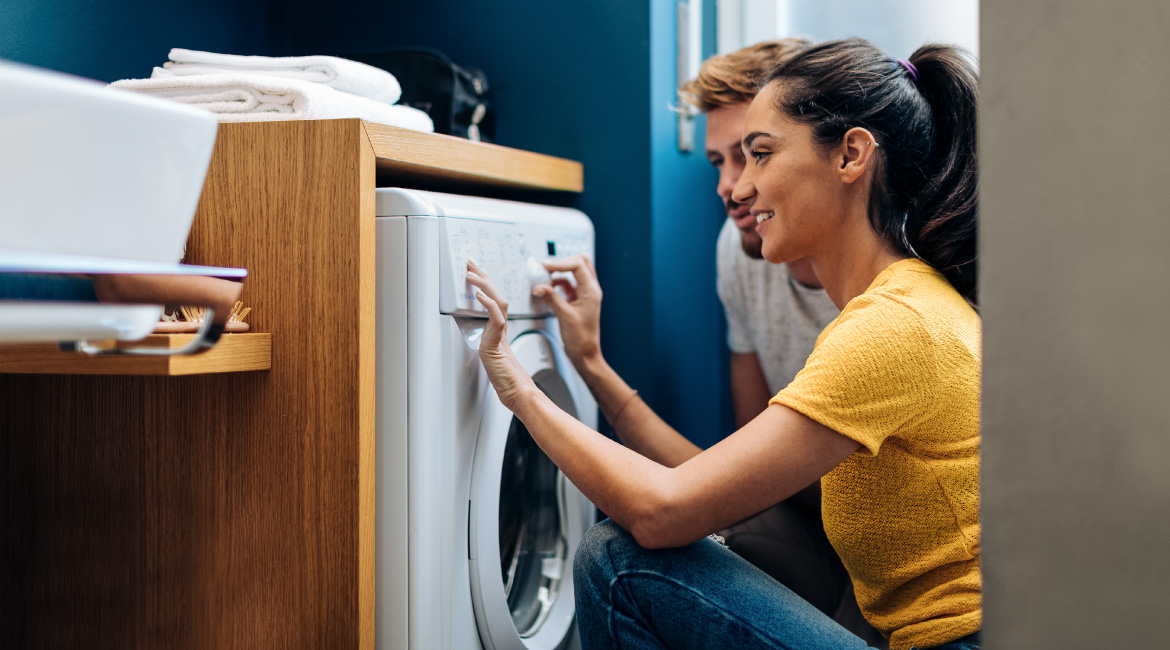
With an NBN connection, smartphones become a more powerful device together with its armada of various apps, browsers, GPS, mapping, messaging, multimedia players, personal and telehealth services, and more importantly, its telecommunications features.
The same can be said about today’s array of smart devices that connect online and wirelessly, such as smart watches, smart cameras, and such. By hooking up with an NBN connection, their capabilities extend farther and wider, and of course faster than any other broadband service. NBN’s inherent properties make it the perfect pair partner to get these capabilities to their maximum potential. The continuous increase and use of mobile and smart devices also runs parallel to the NBN roll out completion.
Mobile and wireless devices access their connections using 4G / LTE (Long Term Evolution) technology. It is the same principle that operates the two types of wireless access available to them today. Both Fixed Wireless NBN and the Mobile Wireless Wi-Fi use this technology to establish the connection, however they operate on different levels.
A vision of smartphones that go direct connect to NBN towers or wireless systems is not yet fully commercially and publicly available and possible at this point in time. These devices generally do not work directly with NBN, especially the Fixed Wireless NBN format. It connects to the Wi-Fi network generated by an NBN connected device though, instead.
Wireless Access to Mobile Devices: Two Ways
When we discuss NBN connections for these wireless mobile devices, we mean the access coming direct from an NBN “distributor”. Accessing the NBN directly via a smartphone is bridged by devices that translate these transmission signals to and from the device. A smartphone, phablet, tablet and any type of mobile or smart device needs to connect to a “middleman” device such as a modem router that supplies the Wi-Fi signal in order to actually gain access to the NBN connection.
There are two distinct methods to receiving the transmissions and establishing connections to mobile smart devices: redirected transmissions from the NBN source, and the Mobile Wireless Wi-Fi network from Service Provider tower stations and networks.
The first method, especially the Fixed Wireless NBN format, is more uniform and consistent with the signal transmissions, hence, “Fixed”: fixed bandwidth going to fixed number of connections using a fixed cell boundary method, as long as the receiving antennas are within the 14km radius of its coverage area. The speed, quality, and performance are pretty much the same and are consistent because of the methodology behind it.
Mobile Wireless networks have an undetermined number of access and devices hooked up to it at any given time, and uses the variable cell boundary method. Due to this (among other factors), the quality and speed will vary. This is also the reason why many mobile network providers impose data caps and limits on their subscribers, to keep the network at a certain working level. It is comparable to the way older line based broadband formats such as Cable and ADSL impose limits, compared to the NBN.
In a Fixed Line NBN connection, the Wi-Fi is delivered by the modem router that forms a local network in the premises. The Fixed Wireless NBN format operates by the same principle, the only difference being that the source connection of the NBN is transmitted wirelessly using 4G / LTE technology from NBN transmission towers to receiving rooftop antennas. The transmission signals are then distributed by router modem devices to the local network in the premises.
This is the same with Satellite NBN, but instead, an NBN source tower station sends the transmissions via the Sky Muster satellites, and then beamed down to satellite dish receivers. They are then distributed in the local network of the subscriber’s premises by modem router type devices just the same.







